You may have heard of birth doulas who work with pregnant mothers and have been in our health care system a very long time. Recently, we have begun to look at the other end of the life cycle, one that is hard to think about and even harder to talk about: death.
End of life doulas (ELDs) work with people who have a terminal illness or those who want to better prepare for the final phase of this life’s journey. They bring a deeper, more meaningful and spiritual experience to the end-of-life period and include loved ones in the process.
ELDs open the option to experience the dying process as a deeply profound and sacred phase. They aim to transform the approach away from a medical undertaking to a period of connection, family, love, and humanism.
ELDs conduct in-depth discussions surrounding the meaning of the individual’s life and how that life will be remembered. We call this developing a legacy. This in-depth discussion may look at things such as making and receiving amends, forgiving and being forgiven, and finding the deeper meaning of your life. During these discussions, ELDs also work with guided visualization, mindfulness, and meditation.
This work also includes rituals the family may want to carry out as ways to remember their loved one. Rituals are a mainstay in our society and a bridge from one part of our journey to another. Transitions bring changes and changes arouse emotions. Rituals help keep these emotions in check and free people up to experience and focus on other things; in this case, the dying process. Rituals may be culturally based, religiously based, or just something the dying person and family want to do either pre- or post-death. They may be as simple as holding hands, singing or saying a prayer, to more complex rituals of washing the hands, feet or face post-death.
A major part of the ELDs’ work is planning the vigil. This encompasses the last days of life when the person is actively dying. What does the person want in their surroundings? Do they want music playing, and, if so, what music? Do they want it quiet? Who do they want there with them in their final hours? What do they want others to do during that time with them? The plan assures that during this last part of the journey, there is always someone with the dying person; they will not die alone.
The dying person’s input is crucial, and ideally, they participate in the discussions. All plans are put in writing to assure that person’s final wishes are carried out as they desire.
The intensity of this work brings the ELD close to the dying person and their loved ones. They are also available to meet with the family for several months post-death to assist in the grieving process, make referrals if necessary, and plan a final ritual for the ELD and family to say good-bye to each other.
Glendon Muir Geikie, Sr., is an End of Life Doula in Palm Springs and a member of the International End of Life Doula Association (INELDA). He may be reached at glendon@endoflifedoulaps.com or www.endoflifedoulaps.com.
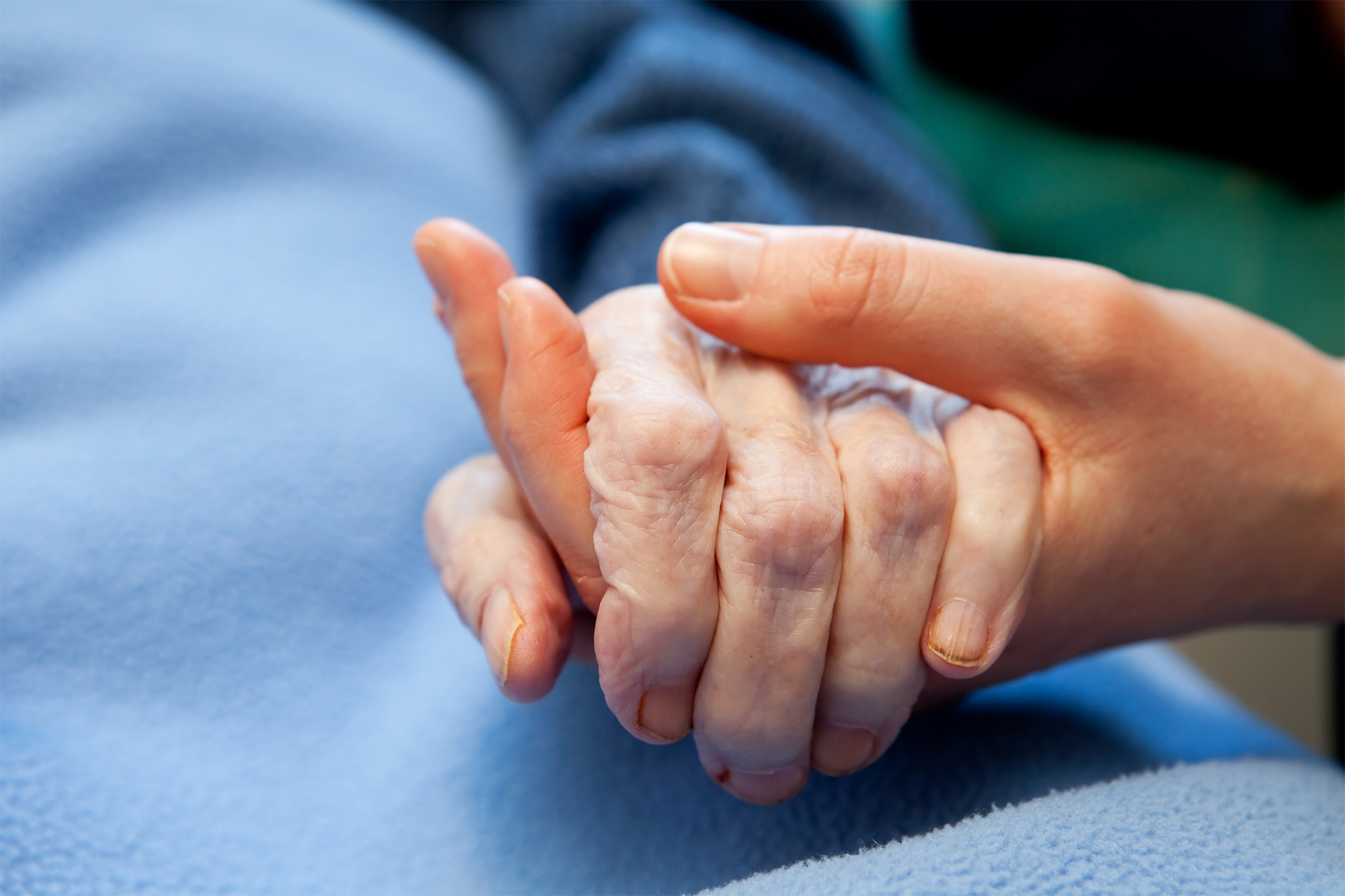







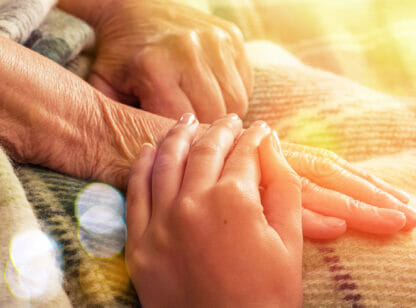
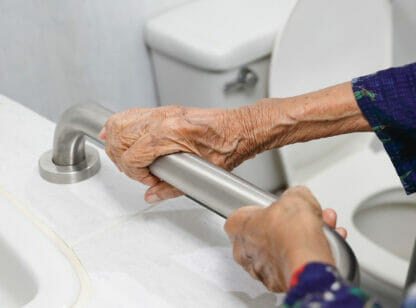
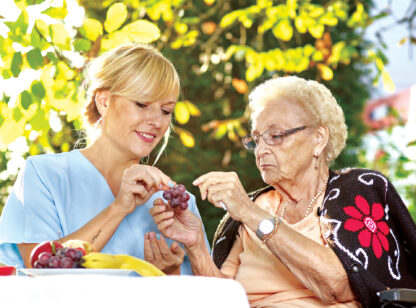








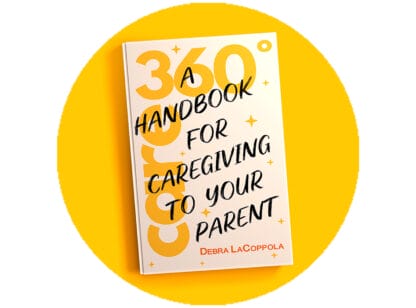






























Comments (2)
Wonderful information, thank-you for sharing your knowledge and presence as an ELD!
And thank you for taking the time and read and comment, Jill!
Happy New Year to you ~
Lauren Del Sarto
Publisher